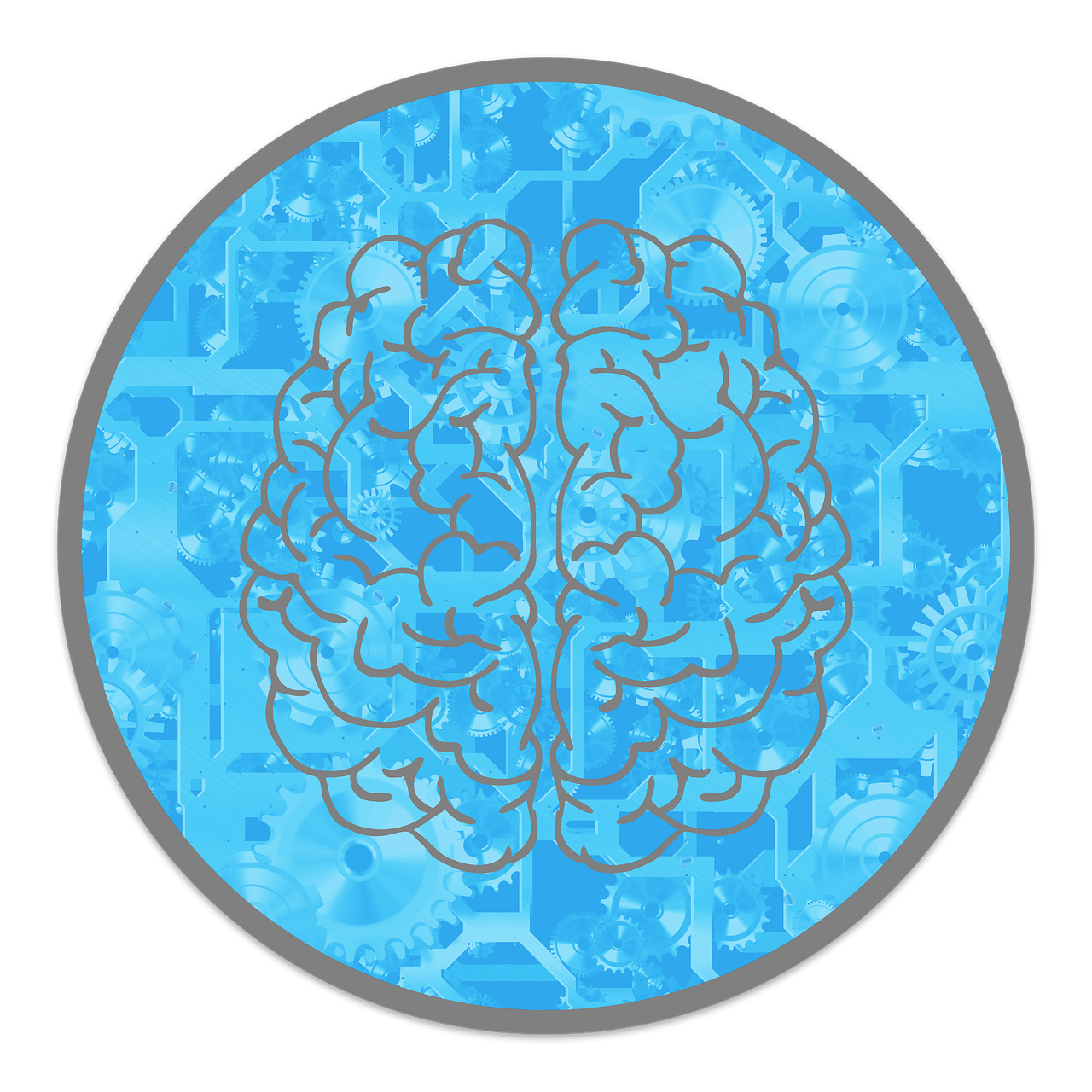
Ever wonder what makes someone commit a crime? Is it nature, nurture, or a little of both?
Forensic psychologists use criminal profiling to crack the case, blending psychology with crime-solving.
You’ve probably seen this in shows like Mindhunter and Criminal Minds, where experts read the mind of the bad guys.
But it’s not just TV magic — it’s real science!
In this article, we dive into how these experts use psychology to catch criminals and why their skills are still super important today.
Think of it like real-life detective work with a psychological twist!
What Is Criminal Profiling?
Criminal profiling (or offender profiling) is like being a detective with a PhD in psychology.
It’s all about figuring out what a suspect is like by looking at the crime itself.
Here’s how it works:
- Study the crime scene: What’s left behind tells a lot about the person who did it.
- Analyze victimology: Who the victim is can give clues about the criminal’s motives.
- Spot patterns or signatures: Does the crime look like others the suspect has committed? Is there a pattern?
- Predict the next move: Based on all the clues, profilers guess what the criminal might do next or what their mind is like.
Profilers ask key questions like:
- What kind of person would do this?
- What are their habits or behaviors?
- Are they going to strike again?
The goal? To help cops find suspects by understanding the criminal’s motive, method, and mindset.
It’s like putting together a giant puzzle, and the profiler is the one who figures out all the pieces.
The Role of Forensic Psychologists in Criminal Profiling
Forensic psychologists are like the ultimate combo of mind-readers and legal experts.
They mix psychology with criminal law to crack cases wide open.
Here’s what they do:
- Analyze crime scenes: They look for behavior patterns to figure out what kind of person would commit the crime.
- Conduct risk assessments: They predict if a suspect might commit violence again, like a psychological weather forecast.
- Expert courtroom testimony: Think of them as the mental experts who get called in to explain a criminal’s mindset in court.
- Evaluate suspects: They dig into a suspect’s mind to see if they’re a potential threat or just misunderstood.
- Create offender profiles: Using both real data and gut instincts, they put together a profile of the criminal, helping law enforcement track them down.
Forensic psychologists mix clinical intuition and data-driven models to come up with accurate profiles, like blending Sherlock Holmes with a little bit of math.
According to the Journal of Investigative Psychology and Offender Profiling, this combo helps them create the best possible profiles to catch the bad guys.

Key Criminal Profiling Techniques
Criminal profiling isn’t just some guesswork or psychic reading — it’s a serious, methodical process!
Forensic psychologists follow a set of established techniques to crack the case.
Let’s break down two of the most popular ones:
1. Crime scene analysis (CSA)
This method was created by the FBI’s Behavioral Science Unit, and it’s like the blueprint for profiling.
Here’s how it works:
- Profiling inputs: Collect everything — evidence, autopsy reports, witness statements, and crime scene photos.
- Decision process models: This is where the profiler classifies the crime — was it organized (carefully planned) or disorganized (impulsive)? Was the crime personal (targeting someone specifically) or impersonal (random)?
- Crime assessment: Now, they reconstruct the sequence of events to figure out what happened and in what order.
- Offender profile: Based on all the info, the profiler comes up with a theory about the criminal’s psychological, social, and demographic traits.
- Investigation and apprehension: Finally, they team up with the cops to catch the suspect.
It’s like creating a mental map of the criminal, and it’s all based on the evidence and psychology.
2. Investigative psychology
This method was pioneered by Professor David Canter in the UK, and it’s all about using psychology and stats to find patterns.
Here’s the lowdown:
- Behavioral consistency: This is the idea that criminals are pretty consistent in their behavior across different situations.
- Spatial behavior: How does the criminal pick their crime spots? Do they stick to certain areas? This can tell a lot about their habits or comfort zone.
- Inferential statistics: By analyzing patterns, they can connect crimes, like saying, “Hey, this might be the same person because these crimes have similar traits.”
Example: A serial criminal might commit crimes within the same neighborhood or show the same behavior with victims. It’s like figuring out the “signature” move of the criminal.
3. Geographic profiling
Imagine trying to track down a criminal by following their “footprints” — but these footprints are all over the map.
That’s what geographic profiling does.
It uses location data to figure out where the criminal might live or hang out.
Here’s how it works:
- Crime scene locations: Where did the crimes happen?
- Travel distance: How far did the criminal travel between scenes?
- Environmental factors: What’s around the area? Highways? Public transport?
Criminologist Kim Rossmo developed a formula to create a probability map that helps cops zone in on the criminal’s likely area.
It’s like playing Clue, but with real-life geography.
Real-life example: Geographic profiling helped catch the “Railway Rapist” in the UK by pinpointing where the offender was likely operating.
4. Behavioral evidence analysis (BEA)
Developed by Brent Turvey, BEA is non-statistical and idiographic, meaning it focuses on Developed by Brent Turvey, BEA is all about looking at the details of a specific crime — no generalizations here!
It’s focused on the unique aspects of each case, kind of like solving a mystery with a magnifying glass.
Here’s what they look at:
- Equivocal forensic analysis: This is about considering all possible explanations for the crime — like, “Did this happen because of X or Y?”
- Victimology: Who was the victim, and why were they targeted?
- Crime scene characteristics: Was the crime violent? Was it staged to look like something else?
- Offender traits: Based on how the crime went down, what can we guess about the criminal?
BEA doesn’t rely on stats.
It’s all about using logic and reasoning for each individual case, which is super helpful for those weird or extra-complicated crimes.
5. Linkage analysis
When cops think they might have a serial criminal on their hands, linkage analysis helps figure out if multiple crimes are connected.
It looks for patterns in:
- Method of operation (MO): Does the criminal do the same thing each time? Like using the same weapon or same method to get in?
- Signature behaviors: These are the unique touches criminals leave behind (think of the Joker’s laugh or Hannibal Lecter’s fancy dressing).
- Timing and location: Is there a pattern in when and where the crimes happen?
According to research in Psychology, Crime & Law, linkage analysis is especially useful when a criminal leaves behind a signature behavior — like a specific ritual or symbol — across their crime scenes.

Psychological Traits Commonly Profiled
Forensic psychologists are like human detectives, diving into a criminal’s background to predict what they’ll do next.
Here’s a quick look at the traits they focus on:
- Age range: Are they young and reckless or older and more calculated?
- Gender: Male, female, or something else? It can affect behaviors.
- Intelligence level: Are they super smart, or did they just get lucky?
- Mental health disorders: Does the criminal have any psychological issues affecting their actions?
- Substance abuse history: Are drugs or alcohol part of their criminal history?
- Social relationships: Are they loners or do they have connections to others?
- Employment status: Do they have a job, or are they struggling financially?
- Criminal history: Have they done this before, or is this their first rodeo?
By studying these traits, profilers can get a sneak peek into the criminal’s mind and predict how they might act next.
Quick Reminder: Profilers don’t work solo like Batman. They’re part of a bigger team, contributing to the overall investigation strategy.
Famous Cases Solved Through Profiling
Criminal profiling has helped crack some of the most famous cases in history. Here are a few where it made all the difference:
1. The Unabomber (Ted Kaczynski)
The FBI used a profile to narrow down their search, focusing on an intelligent, socially isolated white male with a technical background.
Guess what? His brother recognized the profile and the Unabomber’s manifesto, and that’s how Ted Kaczynski was caught.
2. BTK Killer (Dennis Rader)
Rader was a ghost, slipping away from cops for decades. Profilers identified his need for control and attention.
Thanks to a mix of behavioral profiling and forensic evidence, he was finally arrested in 2005.
Talk about a case that dragged on like a long-running TV mystery!
3. John Duffy – The Railway Rapist
Forensic psychologist David Canter used investigative psychology to accurately predict where Duffy lived, his social skills, and his criminal past.
The profile led to his arrest shortly after it was released.
It’s like David Canter was playing a real-life game of Clue and won big!

Criticisms and Limitations of Criminal Profiling
While criminal profiling has cracked some big cases, it’s not perfect.
Here are some reasons why it can be a little tricky:
- Lack of standardization: Not all profiling methods are proven scientifically. It’s like using a recipe that’s never been tested — you might get a good result, but it’s not guaranteed.
- Confirmation bias: Sometimes, profilers might focus too much on evidence that fits their theories, ignoring what doesn’t fit.
- Inaccuracy risk: A profile can lead to a dead-end if it’s wrong — or worse, it could get innocent people involved.
- Limited admissibility in court: In some places, criminal profiles aren’t taken as solid proof in court because they aren’t 100% scientifically proven.
According to Legal and Criminological Psychology, profiling is super helpful in investigations, but it’s just one tool in the kit, not the final answer.
Conclusion: Profiling the Path to Justice
Criminal profiling mixes science, psychology, and gut instinct to help cops understand criminals.
It’s not magic, but it gives investigators insights that traditional methods might miss.
Forensic psychologists use data and behavioral clues to build profiles that have helped catch some of the world’s most infamous criminals — think Mindhunter but in real life.
As tech advances, profiling’s getting even sharper with tools like AI and machine learning.
Who knows, maybe in the future we’ll have robo-detectives predicting crimes before they happen!



